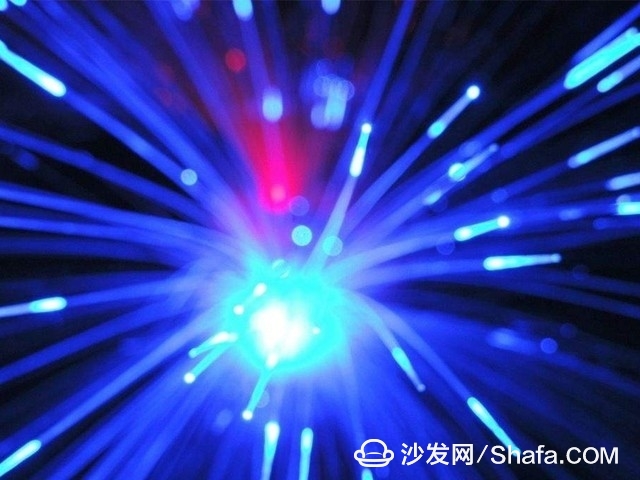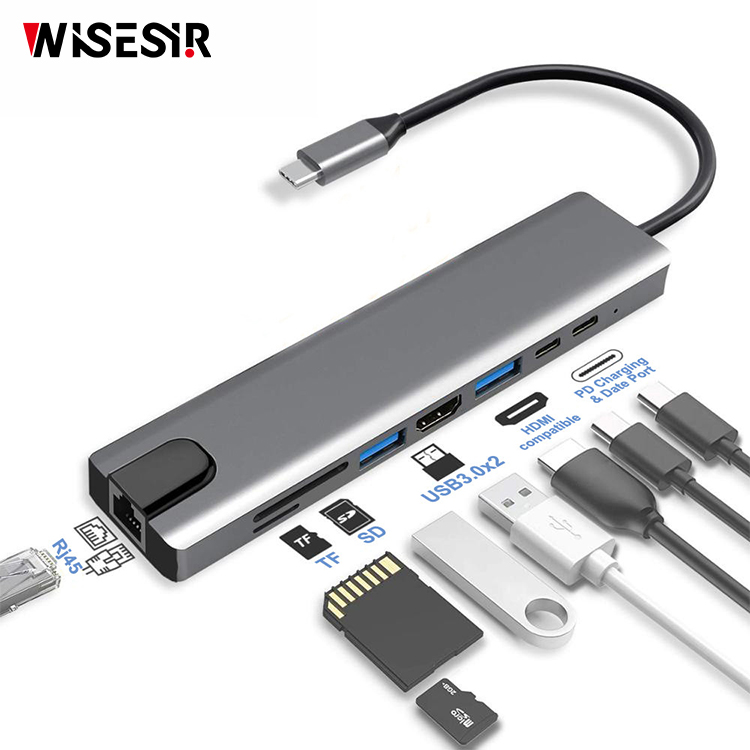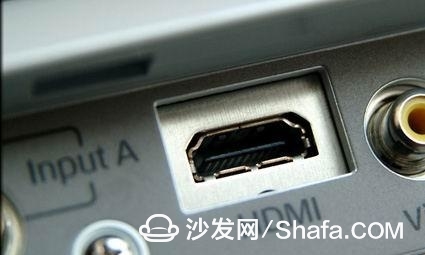
HDMI2.1 standard released
HDMI 2.1 made its debut at CES 2017 and was finally officially launched. It's a big step forward for the industry, especially with the rise of 8K hardware. The new HDMI 2.1 standard offers up to 48Gbps bandwidth, allowing for smooth playback of 4K at 120Hz or 8K at 60Hz. It also supports 12-bit color depth, which is crucial for high-end TVs and computers. For those using smart lighting systems, this is great news—provided your TV or graphics card has an HDMI 2.1 port.
It’s no surprise that HDMI 2.1 is backward compatible with earlier versions. This means you can still use HDMI 2.0 cables without any issues. However, if you want to take full advantage of the 48Gbps speed, you’ll need to use an HDMI 2.1-certified cable. The physical connectors (A, C, and D) will remain the same, ensuring compatibility with existing devices.

In addition, HDMI 2.1 supports Dynamic HDR, a major improvement over traditional static HDR. Dynamic HDR adjusts brightness and contrast frame by frame, offering a more realistic and immersive viewing experience. It also introduces eARC (Enhanced Audio Return Channel), which allows for object-based audio formats like Dolby Atmos to be sent back from the TV to the sound system through a single cable.
For more information on Smart TVs, streaming boxes, and related technologies, visit Smart TV/box information network sofa butler (http://). It’s one of China’s leading platforms for smart TV and box news, offering insights, reviews, software updates, and community discussions about the latest in home entertainment technology.
A USB hub is a device that expands a single Universal Serial Bus (USB) port into several so that there are more ports available to connect devices to a host system, similar to a power strip. All devices connected through a USB hub share the bandwidth available to that hub.With a multi USB port HUB, you'd be able to connect all your USB hard drives at once and simultaneously transfer the photos to other. Some USB port hubs even come with SD card slots, so you could transfer the photos directly from your port hub. You wouldn't have to transfer them to your computer first.

Usb Hub Switch,Best Usb Hub,Multi Usb Port,Usb Port Hub,Usb Charging Hub
Pogo Technology International Ltd , https://www.wisesir.net
